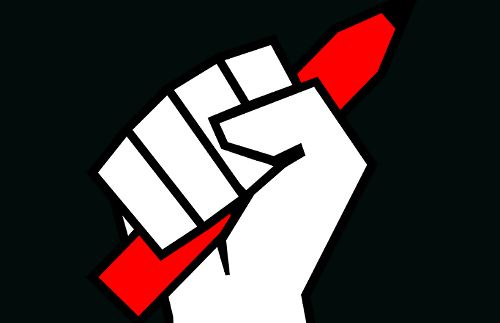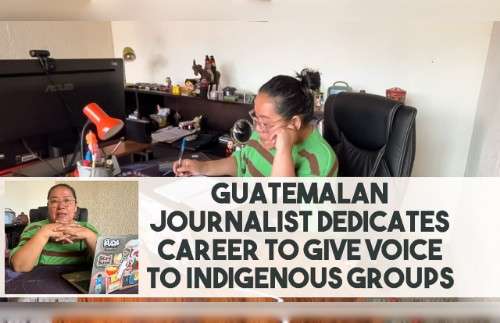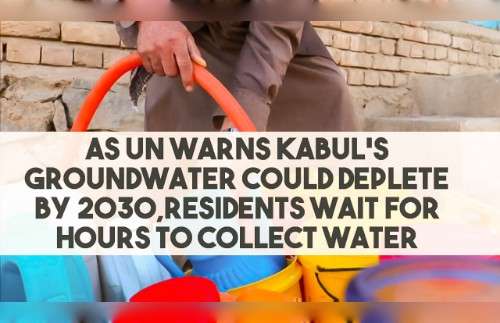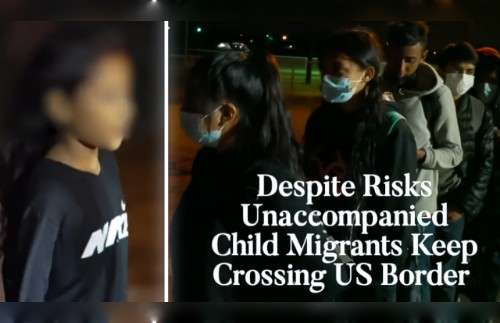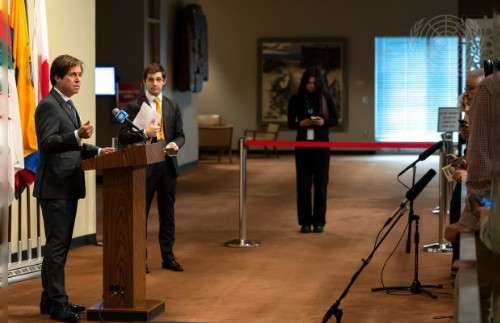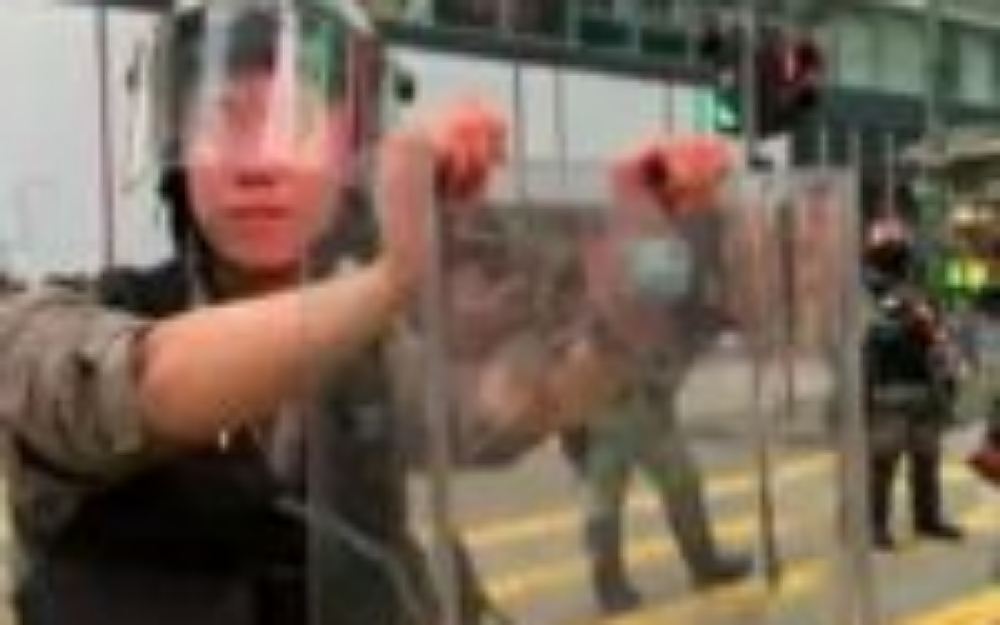
It has been a year of protest — from Hong Kong to Bolivia, and from France to Lebanon. Few parts of the world were spared significant protests in 2019.
In Russia’s capital, Moscow, protesters were outraged by rigged elections. In Britain, people rallied against Brexit, Britain’s decision to leave the European Union. Serbia, Ukraine, Albania and the central European states all experienced major demonstrations. Separatists battled police in the restive region of Catalonia. Dissent in the Middle East prompted talk of a new Arab Spring.
In the Americas, Bolivia, Brazil, Chile, Colombia, Ecuador, Peru and Venezuela all experienced popular unrest. And the list goes on.
“The data shows that the amount of protests is increasing and is as high as the roaring 1960s,” according to Jacquelien van Stekelenburg, an academic who studies social change at Vrije University in Amsterdam.
Protest like it’s 1848
The year 2019 has drawn comparisons to 1848, when the ruling elites and monarchies in Europe were at a loss as to how to deal with the turbulence and anger tearing through the continent.
Then, as now, the immediate grievances propelling protesters onto the streets differed from country to country: 170 years ago, some were protesting at the dysfunction and corruption of their states and anger at hidebound elites for resisting modernization and liberal change. Have-nots marched out of economic despair. Nationalists wanted to break away from empires. Anarchists wanted to blow everything up.
In the so-called Spring of Nations — revolutions of 1848 — seemingly small incidents or government decisions could spark the trouble. So, too, in 2019.

France’s Yellow Vests, drawn largely from low-income earners in small-town and rural France, took to the streets and blockaded roads to protest higher “green” taxes on fuel. The same in Chile and Ecuador — planned sharp rises in fuel prices and metro fares triggered the fury this year of low-income and rural communities.
But behind the immediate causes, far more substantive and structural grievances have fueled the worldwide protests. In Lebanon, demonstrators initially took to the streets because of frustration over a tax on WhatsApp, but that was just the spark for an ongoing conflagration of rage over corruption and Iranian influence on the country. The Yellow Vest agitation morphed into a general exasperation about being left-behind economically.
In Hong Kong, an extradition bill was the prompt, but also a symbolic one for protesters furious about a creeping Beijing-dictated authoritarianism.
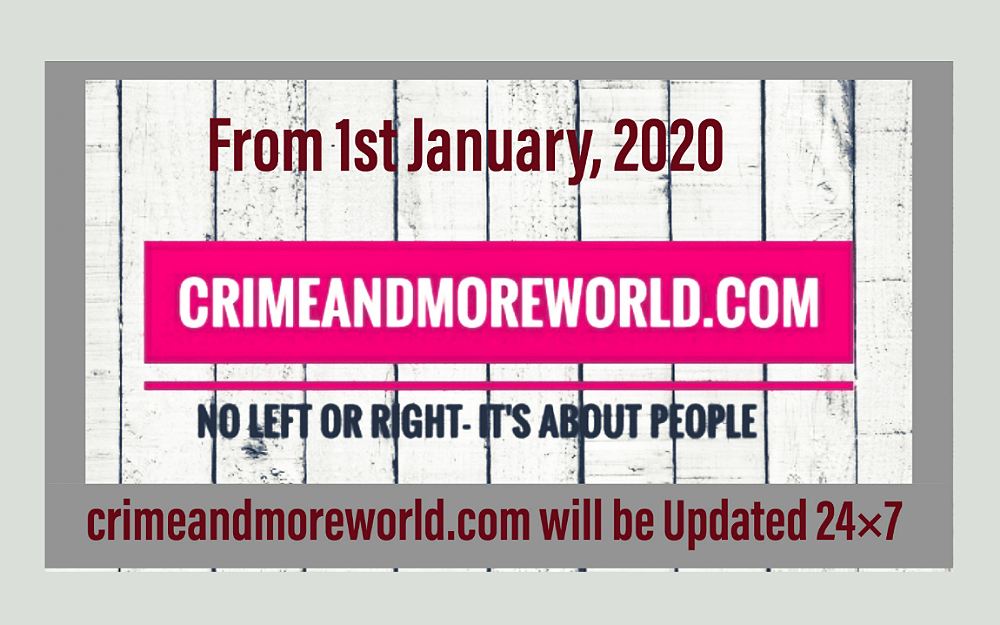
The 2019 protests have had some common themes, say analysts, including anger about stifled democracy and the demand for greater political freedom. Anger about corruption and the perception that political systems are rigged have been common grievances.
Some commentators have tried to tie all the protests together, arguing rallies and demonstrations and blockades more often than not are a reaction to anti-democratic and right-wing forces taking hold in many places around the world.
Maybe so for some but not all, and there are plenty of contradictions. And then and now, protesters on the left or right of the political spectrum share on thing in common — a firm conviction that things should and can change.
One big difference with the past, though, has come with social media and the internet. Modern communication has helped to fuel anger and assist greatly in the organization and recruitment of protesters to take on authorities.
“The traditional system of enforcing power from top to bottom is increasingly being challenged,” says Thierry de Montbrial, of the French Institute of International Relations.
Populist nationalists rallying in the past year in Italy and Germany have nothing in common with huge pro-EU protests in Britain, where those taking to the streets wanted to force a second referendum on leaving the European bloc. Climate-change protesters sowing havoc in Britain and Australia are demanding the kind of green tax increases that are enraging the Yellow Vests.
“Some protests may look like a sign of democratic decay amid a rise of populism and alienation with the political status quo — for example, in Brazil, the United States or France,” according to Richard Youngs, an analyst with the Carnegie Endowment, a Washington-based research institution.
“Others may look like a futile rattling of the political cage under growing illiberalism and authoritarianism, such as in Hungary, Morocco or Thailand. More optimistically, protests in places like Algeria, Venezuela and Sudan may signal a heartening indicator of the persistent aspiration for democracy and peoples’ willingness to fight for it in very different parts of the world,” he added in a commentary.
Maybe the attempt to impose a catch-all order to the unrest of 2019 misses the point and the historical comparison should be with the immediate years of upheaval after World War I. In a new book, “Crucible: The Long End of the Great War and the Birth of a New World, 1917-24,” historian Charles Emmerson suggests that countries lose all their moorings during periods of unrest and the result is just chaos.
“The established order is swept away,” writes Emmerson. “People who were nothing are catapulted into prominence … the real becomes surreal.”
In the immediate postwar years that Emmerson chronicles, many people felt powerless, lost faith in the ability of traditional political authorities to protect them and to restore predictability, and resented unequal distributions of wealth and power. So, too, now~(VOA)
Guatemalan Journalist Dedicates Career to Give Voice to Indigenous Groups
North Korean women in China catch ‘Disco Fever’
Russia’s Full-Scale Invasion Pushes Ukraine’s Drive Toward Digitization
As UN Warns Kabul’s Groundwater Could Deplete by 2030,Residents Wait for Hours to Collect Water
Despite Risks,Unaccompanied Child Migrants Keep Crossing US Border
Mary Jane Veloso, a Filipina on Death Row in Indonesia,is Coming Home
Trapped in Lebanon, African Migrants Face Unemployment and Rockets
Permanent Representative of France Briefs Press After Security Council Meeting on Middle East
crimeandmoreworld.com needs You Tube Channel Collaborator
For Latest Updates
From Our Archive
We Do Believe that Digital Publication is the Best Way for Communication and Spreading Awareness
